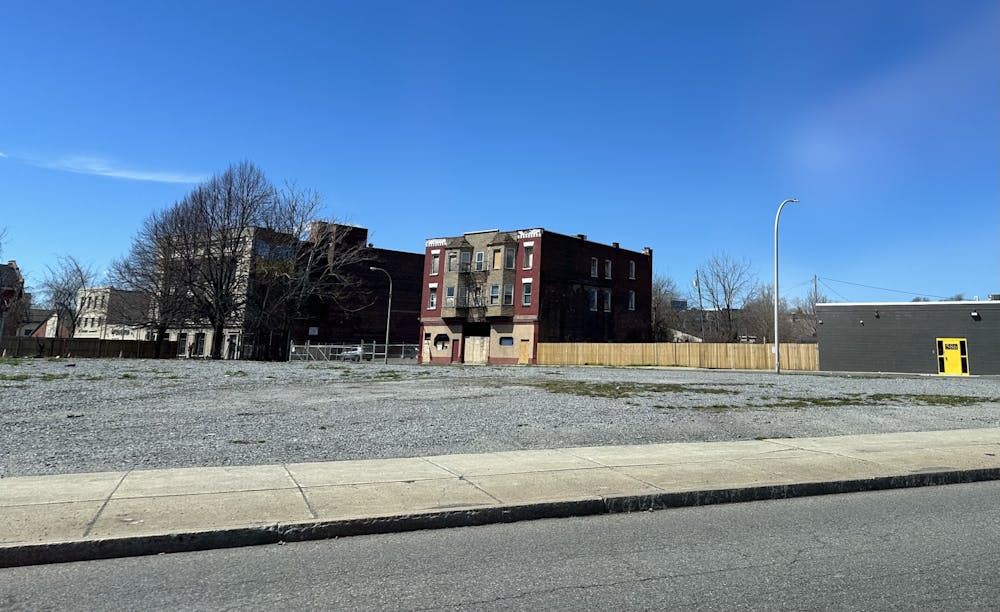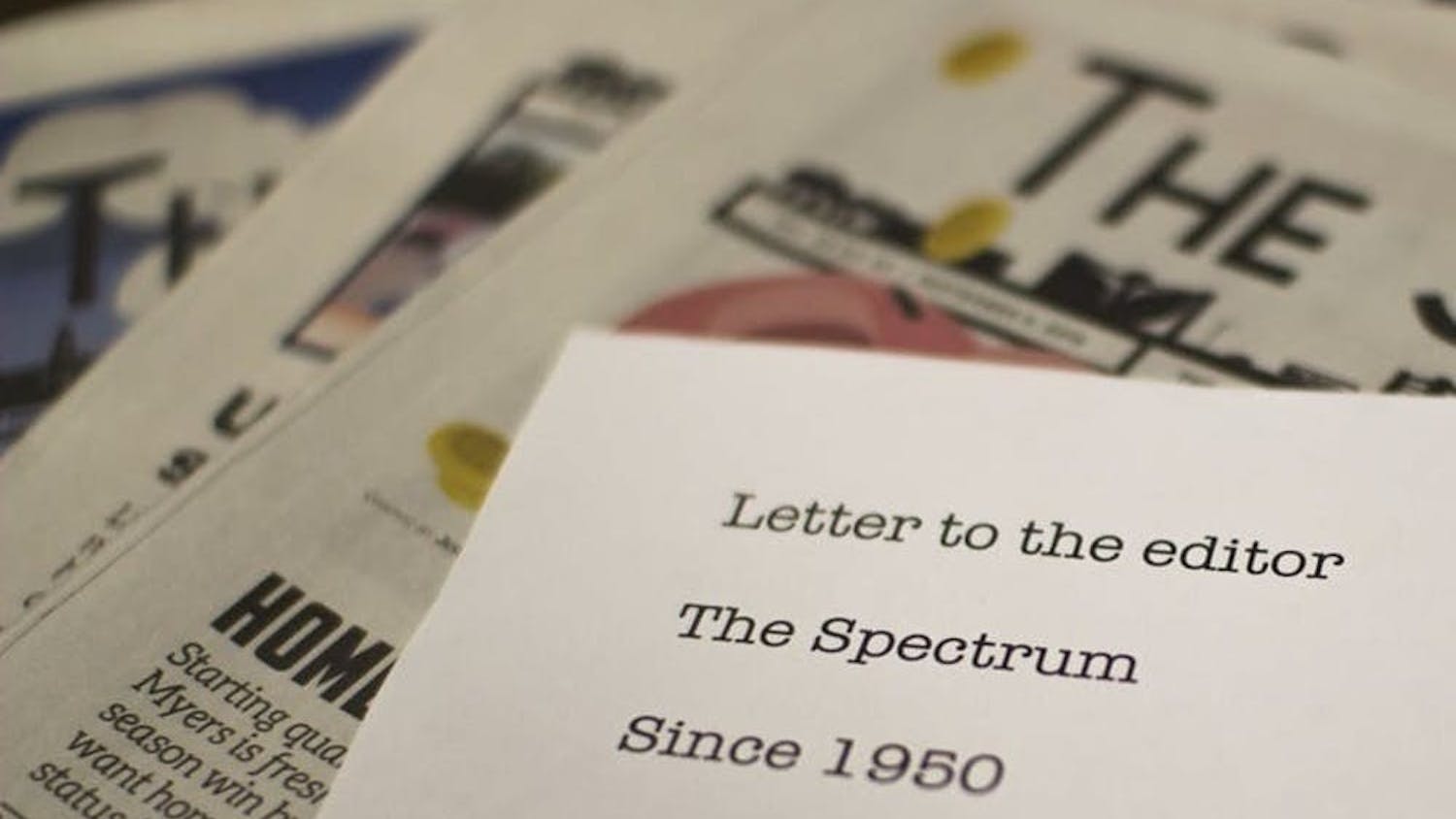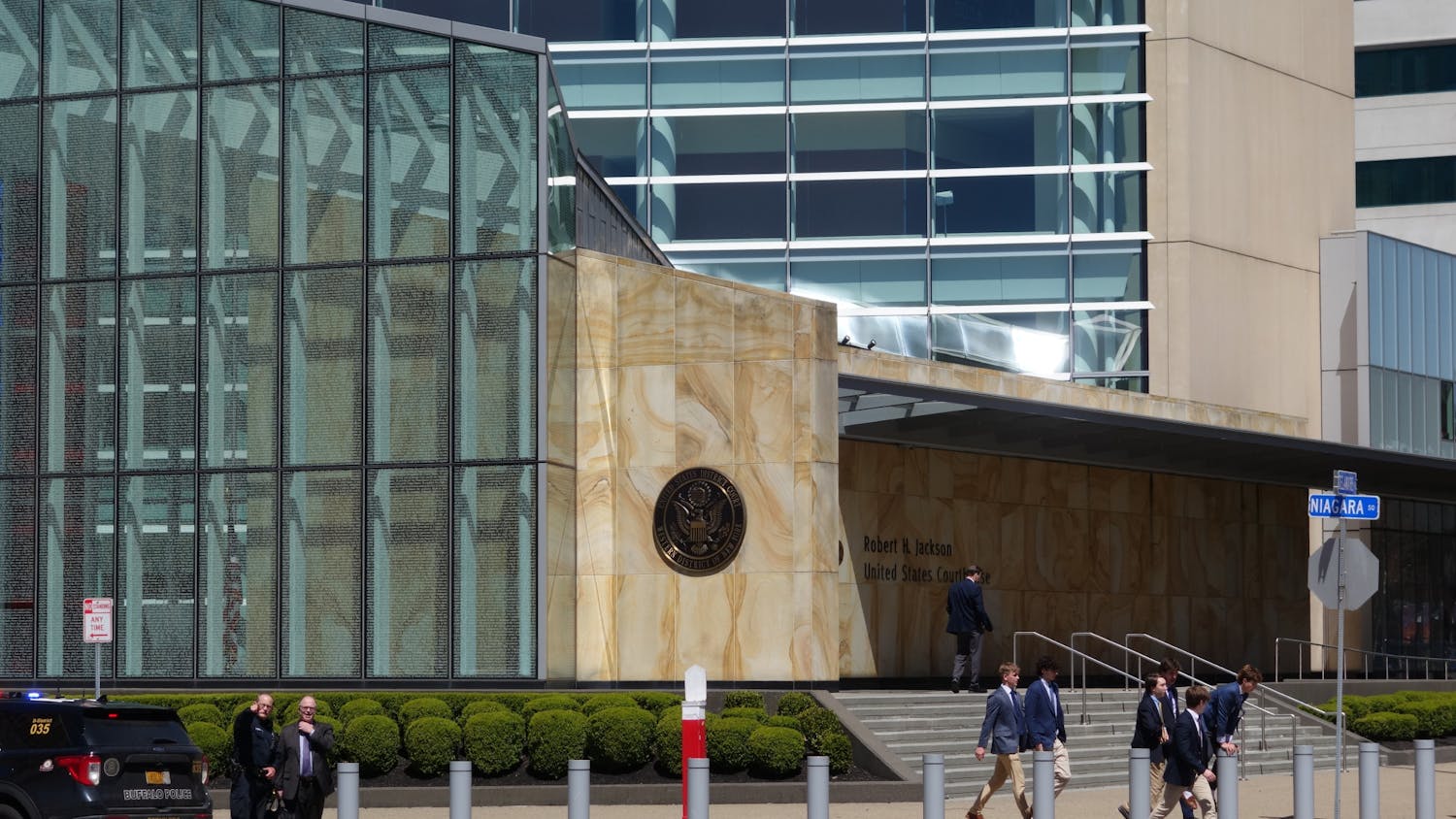Decades of urban design, public policy and intentional disenfranchisement have made Buffalo the sixth most segregated city in America.
One UB professor is trying to change that.
Henry Louis Taylor, Jr., an urban planning professor and the director of UB’s Center for Urban Studies, is leading the East Side Transformation Project, a new plan led by UB community members, activists, local organizations, city officials and academics to transform a neighborhood on the East Side of Buffalo.
The project was inspired by the findings of Taylor’s report, “How We Change the Black East Side,” which was released in December. The report details strategies to increase housing supply and access, improve education and skills training, abolish health inequities, and spruce up the area’s visual appearance.
“How We Change the Black East Side” builds off an earlier report of Taylor’s, “The Harder We Run,” which chronicles Black Buffalo from the 1990s to 2021, the year it was published.
“Historically, we have attempted to mimic the white traditional model of neighborhood development that’s based on anchoring community growth and development around the owner-occupied houses and viewing the house as this instrument of wealth production,” Taylor said. “It’s a model that’s based on exclusion and, quite frankly, racism because it drives the hierarchical relationships that exist between the rest of the population.”
Taylor’'s new approach calls for community control, unity, shared ownership, inclusion, and building community wealth. He says the model has the potential to transform much of the city — and Western New York as a whole.
Currently, Taylor and his team are collecting preliminary data from five East Side neighborhoods: Kensington-Bailey, Delavan-Grider, MLK Park, Masten Park and Broadway-Fillmore. The neighborhood in question will be chosen partly based on its ranking on the “hardship index,” a measure that Taylor created. According to a UB press release, the hardship index takes into account a neighborhood’s income, education, employment and poverty rates, and threat of gentrification.
His team hopes to select a neighborhood for the project by Juneteenth.
“Neighborhoods are the prime shapers of human life,” Taylor said. “When we talk about inadequate schools, they’re located in these neighborhoods. They’re deliberately and intentionally underdeveloped so that they can play their role: the continuous reproduction of Blacks as workers concentrated in the low-wage sector of the labor market.”
Taylor notes the East Side’s high rates of infant mortality in Erie County — five per 1,000 live births for white infants, and 11 per 1,000 for Black infants — and the fact that over half of the 2022 Buffalo Blizzard victims were Black.
“The goal of the project is to transform the community into a great place to live, work, play and raise a family,” Taylor said. “You’re not going to improve educational outcomes and socioeconomic conditions, abolish health inequities, and change the realities facing African American people without changing the neighborhoods in which they live.”
Team members include UB students, whom Taylor describes as “the foot soldiers.” They will take on the project as part of a summer independent-study course.
Taylor says anyone interested in helping can contact him for more information to get involved.
Sarah Owusu is an assistant news editor and can be reached at sarah.owusu@ubspectrum.com

Sarah Owusu is an assistant news editor at The Spectrum. In her free time she enjoys reading, baking, music and talking politics (yes, shockingly). She'll also be her own hairdresser when she needs a change.





